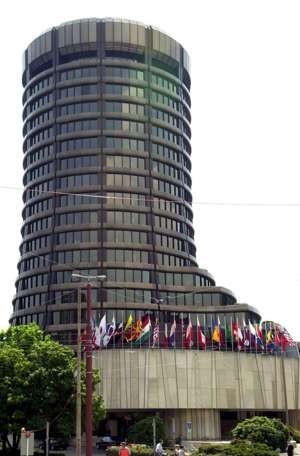
Analysis | Hong Kong’s 2017 bond issuances may extend last year’s bull run
Three weeks into the new year, and Hong Kong’s bond market has already seen HK$11.4 billion worth of bonds being issued, signalling a strong start to 2017.
It’s no wonder that Hong Kong, one of the world’s leading financial centres, and its bond markets enjoy a number of advantages. The city is already well-known for its open markets and abundant onshore liquidity. In addition, it’s one of the few Asian markets to have a triple-A credit rating, and coupled with the Hong Kong dollar’s peg to the US dollar, HKD-denominated bonds are considered an attractive investment opportunity.
Hong Kong’s primary bond market had a good run last year, with HKD-denominated bonds recording HK$74 billion in issuance, a robust growth of 46 per cent over 2015, according to Dealogic’s data.
This particularly stands out against the backdrop of relatively slower global issuances, up only by 6 per cent, highlighting Hong Kong – and to an extent, Asia’s – resilience amid the market volatility at the start of 2016.
The HKD bond market is largely skewed towards issuances from the government and public segments, which account for 61 per cent of the outstanding volumes in 2015.
China has been driving green bond volumes, accounting for 20 per cent of global volumes in 2016
However, the corporate bond segment has also become increasingly prominent in recent years. In fact, prior to the financial crisis, the outstanding amount of corporate bonds grew at a compounded annual growth rate of 5 per cent, broadly in line with Hong Kong’s gross domestic product. Post-crisis, this has accelerated to 17 per cent, far outpacing economic growth.
As corporate bond volumes have grown, so have the depth and diversity of these bonds.
By sector, 47 per cent of 2016 issuances were from financial institutions, followed by energy companies (27 per cent of total), real estate (13 per cent) and others from consumer products to food companies.
According to the Bank of International Settlements, issuance volumes by first-time issuers increased by 38 per cent from 2009 to 2014, compared to the previous five-year period. This is an indication of the increasing sophistication of borrowers and how more of them are using bonds as an alternative funding option, a move away from traditional bank loans which are more restrictive and costly.
Similarly, looking at the credit rating profile of issuers, we see that borrowers are less confined to those with top credit ratings. We have seen that corporations with lower ratings are now also able to tap the bond market for funds.
Issuer credit ratings were previously within a tight range of AAA to A-minus back in 2006, but this has expanded to a broader range of A to BB over the past few years. This is clearly a trend in market development and deepening in Hong Kong.
The growth in bond issuance volumes has given rise to opportunities to develop the HKD bond market beyond traditional formats. The local authorities have made good progress in this space – for example, Hong Kong saw its first US$1 billion sukuk bond issuance by the Hong Kong government in 2014, followed by another US$1 billion sukuk the following year.

In the retail bond space, the government also issued a HK$10 billion bond in 2015 – its fifth such issuance since 2011. This received strong response from investors, with the number of applications reaching a record high of 597,895, and orders totalling HK$36 billion.
First-time investors made up around 10 per cent of successful subscribers, indicating the confidence level of the local market investor base and how it has broadened significantly.
Another growth opportunity is in green bonds, where Hong Kong is uniquely placed to be a regional leader.
China has been driving green bond volumes, accounting for 20 per cent of global volumes in 2016. Issuances from the mainland are expected to continue, given its “green” focus which will cost 2 trillion yuan (HK$2.26 trillion) a year to meet its environmental targets in the 13th five-year plan.
Hong Kong has already seen several green bond issuances: The first being a US$300 million bond issued in 2015 by Xinjiang Goldwind Science & Technology, a wind energy firm, which was five times oversubscribed.
Last year, we saw similar issuances by MTR Corp and Link Reit, which also received strong investor demand. Given the positive investor response, Hong Kong can clearly do more to capture the opportunity.
In the secondary market, the recent development of the Hong Kong-China bond connect scheme is likely to ease the currently limited channels for mainland investors to invest in overseas bonds. For Hong Kong, this provides an additional funding base and source of liquidity, which could spur greater activity in the domestic market.
Given how well the market has developed, we can certainly expect to see more from the Hong Kong bond market as it continues to grow and serve as a gateway into and out of China.
For investors, this is certainly one market to watch out for.
Henrik Raber is global head for capital markets at Standard Chartered Bank

